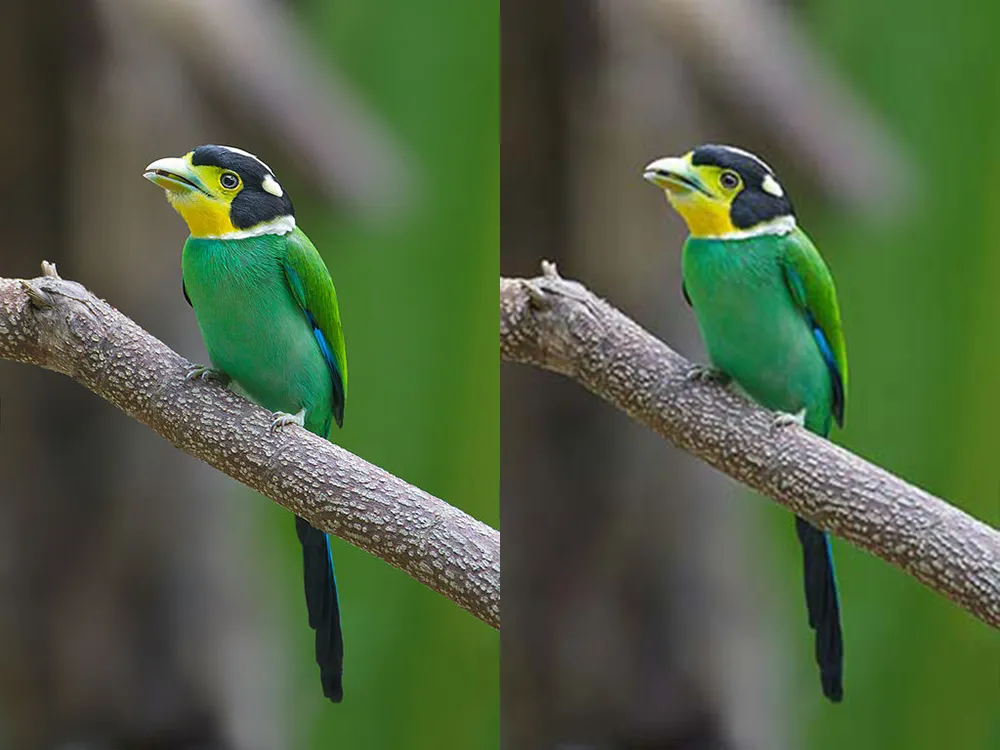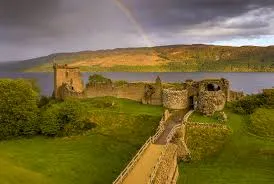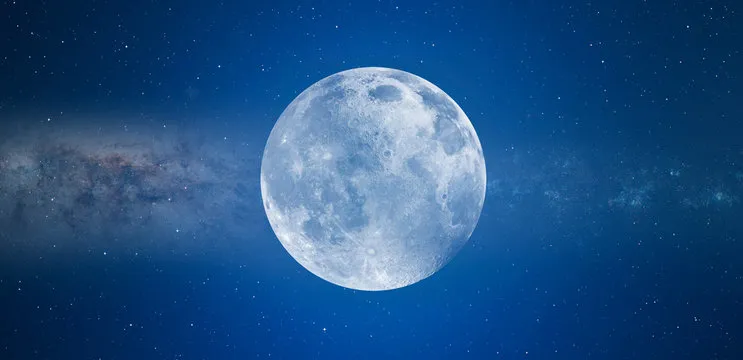
Choosing the Best Image Format for Instagram Photos
In today's digital age, Instagram has become one of the most popular platforms for sharing photos and connecting with others. As an Instagram user, selecting the right image format for your photos is crucial to ensure optimal quality and engagement. In this blog, we'll explore the different image formats available and discuss which one is best suited for Instagram photos, considering factors such as quality, compatibility, and user experience.
Understanding Image Formats:
Before we delve into the specifics of each image format, let's briefly discuss the most common formats used for digital photography:
JPEG (Joint Photographic Experts Group): JPEG is a widely used image format known for its efficient compression and compatibility. It supports millions of colors and is ideal for photographs with complex details and color gradients.
PNG (Portable Network Graphics): PNG is a lossless image format that supports transparency and high-quality graphics. It is commonly used for images with sharp edges, text, and transparent backgrounds.
WEBP: WEBP is a modern image format developed by Google, designed to offer both lossy and lossless compression. It provides smaller file sizes compared to JPEG and PNG without compromising image quality.
Which Format is Best for Instagram Photos?
When it comes to Instagram photos, the best format depends on various factors such as image quality, file size, and compatibility with the platform's features. Let's explore the use cases and differences between JPEG, PNG, and WEBP to determine the ideal format for Instagram:
JPEG:
Use Cases: JPEG is well-suited for Instagram photos that contain complex details, such as landscapes, portraits, and food photography. It offers efficient compression, resulting in smaller file sizes without significant loss of image quality.
Differences: While JPEG is widely supported by Instagram, it may exhibit compression artifacts when photos are heavily edited or resized. It is recommended to save JPEG photos with minimal compression to maintain image clarity.
PNG:
Use Cases: PNG is ideal for Instagram photos that require transparency or have sharp edges, such as logos, graphics, and text overlays. It preserves image quality and transparency, making it suitable for high-resolution images with intricate details.
Differences: While PNG provides excellent image quality and transparency support, it often results in larger file sizes compared to JPEG. Instagram may compress PNG images to reduce file size, potentially affecting image clarity.
WEBP:
Use Cases: WEBP is a versatile format suitable for a wide range of Instagram photos, including landscapes, portraits, and graphics. It offers efficient compression and supports both lossy and lossless encoding, resulting in smaller file sizes and faster loading times.
Differences: While WEBP offers superior compression compared to JPEG and PNG, its adoption on Instagram is limited. As of now, Instagram primarily supports JPEG and PNG formats for image uploads, with limited support for other formats like WEBP.
Conclusion:
In conclusion, when choosing the best image format for Instagram photos, it's essential to consider factors such as image quality, file size, and platform compatibility. For most Instagram photos, JPEG is the preferred format due to its efficient compression and widespread support. However, PNG is suitable for images that require transparency or have sharp edges, while WEBP offers superior compression for faster loading times. By understanding the strengths and limitations of each format, Instagram users can optimize their photos for maximum impact and engagement on the platform.





